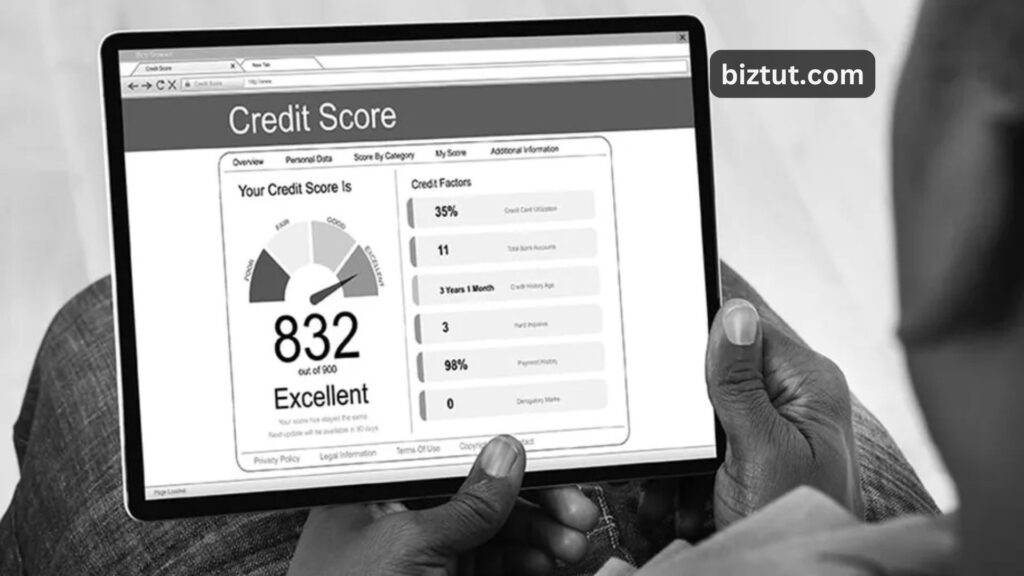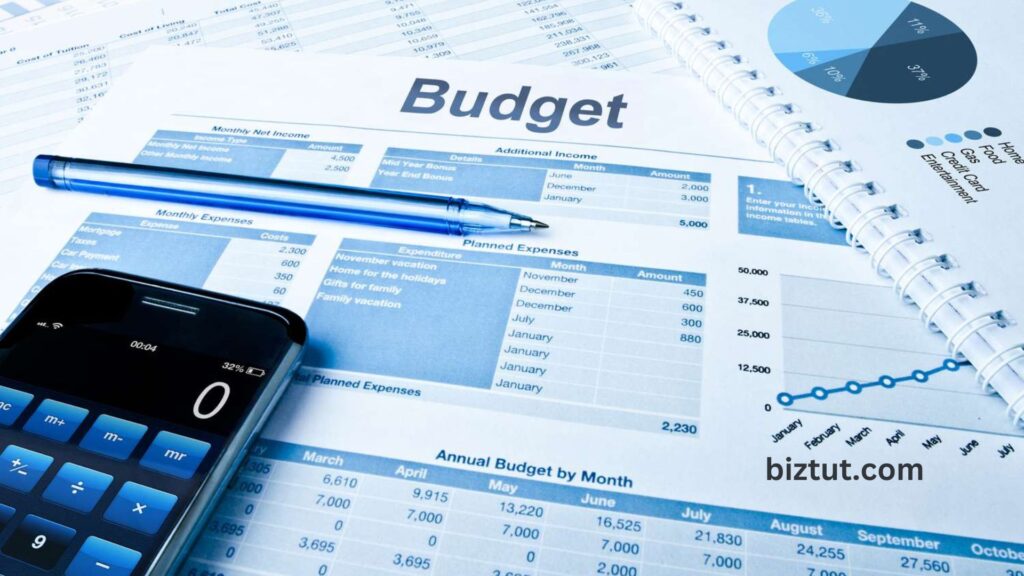When it comes to managing your business’s finances, you’ve probably heard the saying, “Cash is king!” Whether your business is booming or facing challenges, keeping a close eye on your cash flow is crucial. In fact, many businesses that fail aren’t necessarily unprofitable; they just run out of cash.
A simple way to improve cash flow is to boost your inflows and cut down on outflows. For instance, you might encourage customers to pay upfront or switch to a virtual phone system with a low monthly fee instead of paying a big sum upfront.
If you’ve used up a lot of your working capital, you might face a cash crunch, making it hard to pay suppliers, buy materials, or even cover salaries. This problem arises because there’s often a gap between when you need to pay your suppliers and when you get paid by your customers. Good cash flow management helps bridge this gap.
That’s why it’s so important to keep enough working capital to get through those tough times and keep your business running smoothly. In essence, effective cash flow management means delaying expenses as much as you can while encouraging faster payments from your customers.
Before we dive into strategies for improving and managing cash flow, let’s first go over the basics of cash flow management.
Important Cash Flow Basics

So, what exactly is cash flow? It’s simply the movement of money into and out of your business. Businesses usually keep track of cash flow on a weekly, monthly, or quarterly basis. There are two main types of cash flow:
- Positive cash flow: This happens when you’re bringing in more money from sales and other sources than you’re spending on things like bills, salaries, and other expenses.
- Negative cash flow: This occurs when you’re spending more money than you’re bringing in. This can spell trouble for your business, but don’t worry—there are ways to turn things around. For example, cutting business expenses can provide a quick fix, and we’ll go over more strategies to improve cash flow in detail soon.
Understanding these numbers is crucial. If you’re making more money than you’re spending, you’re in good shape. But if your cash flow regularly dips into the negative, it’s time to take action.
Profit isn’t the same as good cash flow.
Just checking your profit and loss statement won’t give you the full picture of your cash flow. Cash flow depends on many factors, like accounts receivable, inventory, accounts payable, capital expenditures, and taxes.
To manage cash flow effectively, you need to pay attention to all these areas, not just your profit or loss. Profit is simply your revenue minus expenses, but a savvy business owner knows that profit alone doesn’t tell you what’s happening with your cash.
Find Your Breakeven Point
You should know when your business will start making a profit. This doesn’t directly affect your cash flow, but it gives you a goal to aim for and helps with predicting future cash flow. Negative cash flow combined with negative profits is a tough situation. Focus on managing your cash flow to hit that breakeven point and start making a profit.
So, collect data about your income and expenses and start a breakeven analysis.
You Can’t Control What You Don’t Measure
The first step is figuring out how much working capital you need. Ask yourself questions like:
- How much inventory should I keep on hand?
- How many invoices are overdue?
- How much cash is tied up in ongoing projects?
- How long does it take to get cash from customers after paying suppliers?
Use your bookkeeper, accountant, accounting software, or even spreadsheets to track and forecast your cash inflows and outflows. Start measuring these key metrics now to keep your cash flow in check.

How To Fix Cash Flow Problem In Your Business – 5 Tips

Now that you’ve got a handle on cash flow basics, let’s look at some solutions for common cash flow issues:
1. Short-Term Financing
If you need to make emergency purchases or cover the gap between your payables and receivables, short-term financing can help. For instance, a line of credit or a business credit card from your bank can be useful for covering these short-term needs.
2. Long-Term Financing
For big investments like equipment or real estate, long-term loans are usually a better choice than dipping into your working capital. This way, you can spread the cost over the life of the asset. While you’ll pay interest, you’ll keep your working capital available for daily operations.
3. Speed Up Collections
To avoid delays in payments, bill your customers as soon as possible and make your invoices clear and detailed. You might also want to send invoices more frequently—right after the goods or services are delivered instead of waiting until the end of the month. For large orders, consider progressive invoicing: ask for a deposit with the order and then payments at different stages of the delivery or production.
Don’t forget to follow up on overdue invoices promptly. The longer you wait, the harder it may be to collect. You might even offer discounts for quick payments to encourage faster settlements. Also, make it easy for customers to pay by including a payment link on your invoice.
4. Liquidate Unused Assets
If you have old equipment or outdated inventory, consider selling it to free up cash. Idle or obsolete equipment ties up capital and takes up space. If you sell it for less than its book value, you may incur a tax loss, which could offset other profits. Excess inventory can also become obsolete, so it’s smart to sell what you won’t use in the next year, unless holding onto it costs little and the sale proceeds are minimal.
5. Delay Your Payables
This might seem obvious, but it’s often overlooked. Unless you have a good reason to pay early, try to stretch out payments to your vendors as much as possible without risking late fees or damaging your relationships. Keeping cash in your account for a bit longer can help improve your cash flow.

Also Read: 11 Must-Know Digital Marketing Strategies
Best Practices For Managing A Healthy Cash Flow

We’ve covered some quick fixes for cash flow problems, but keeping your cash flow healthy in the long run is just as important. Here’s how to stay on top of it:
1. Identify Risks and Plan Ahead
Running a business involves risks, and it’s smart to prepare for potential challenges. Think about scenarios like a sudden big order coming in, a major order being canceled, or a key client defaulting on payment. Incorporate these scenarios into your cash flow budgeting. A simple method is to use a spreadsheet to model these situations and see how they affect your cash flow. You can find Excel templates for managing cash flow if you need one.
2. Separate Your Business and Personal Finances
A common mistake is mixing business and personal accounts, especially in start-ups where initial funding often comes from personal savings. It’s a good idea to open a separate bank account for your business. Use a business credit card for expenses and track them using reports from your card. Our accounting software, ProfitBooks, makes this easy by importing bank statements for reconciliation, saving time and reducing errors.
3. Manage Your Inventory Wisely
Keep an eye on your inventory to see what’s selling and what’s just sitting there. Avoid tying up too much of your working capital in stock that doesn’t move. Aim to keep inventory levels lean and avoid unnecessary stock.
4. Maintain a Financial Cushion
Once you know your breakeven point, make sure you have enough cash to cover your working capital needs. It’s wise to keep three months’ worth of expenses in the bank as a buffer. If that’s not possible, at least have some personal funds or a credit facility available.
5. Implement a Better Cash Flow System
If you’re not invoicing customers promptly or tracking what you owe and what’s owed to you, it’s time to change that. Use a spreadsheet or accounting software to manage cash flow effectively and stay organized.
6. Cut Costs and Control Outflows
Keep track of your expenses and look for opportunities to cut costs. Once you start making profits, it’s easy to overlook expense management, but uncontrolled outflows can be a silent threat to your business.
7. Grow Your Cash
Deposit your cash in interest-earning accounts when possible. While some accounts have minimum balance requirements, keep the bulk of your funds in higher-yield accounts and transfer only what you need to meet minimums or cover upcoming payments. Avoid long-term certificates of deposit (CDs) that lock your money up, unless you’re sure you won’t need those funds.
8. Focus on Cash Flow, Not Just Profit
Agnes Cserhati from AC Powercoaching says that many SMEs fail because they don’t have a cash flow plan, even if they have profit forecasts. She suggests that a good cash flow will lead to good profit. She advises new businesses to start with reliable, quick-paying clients, even if it means working with smaller clients and thinner margins.
By keeping these tips in mind, you can manage your cash flow effectively and set your business up for long-term success.












